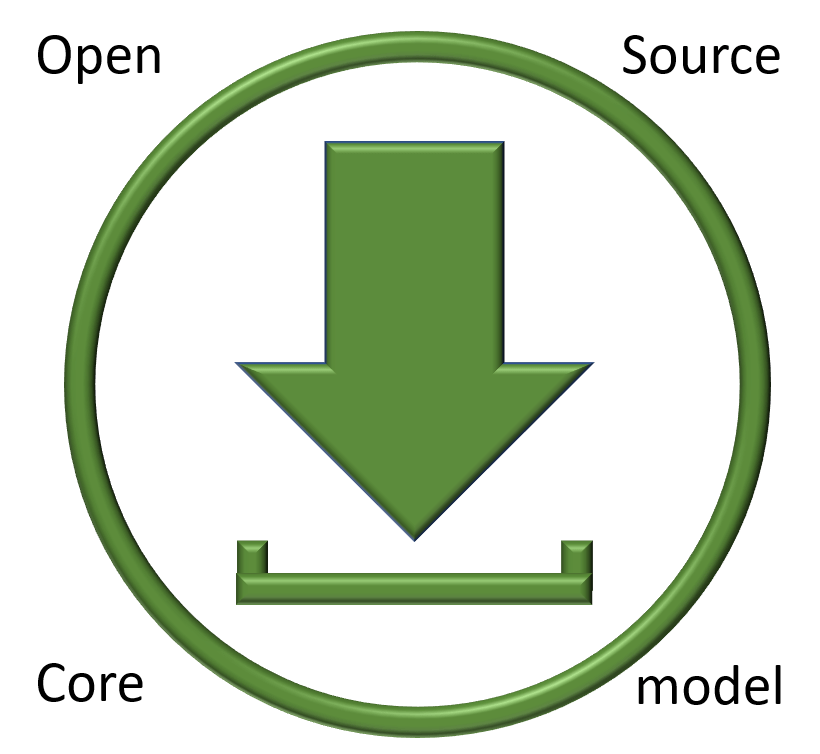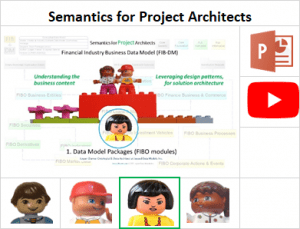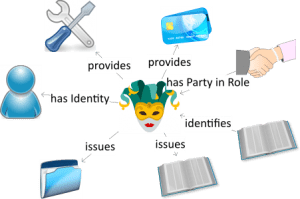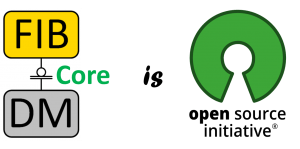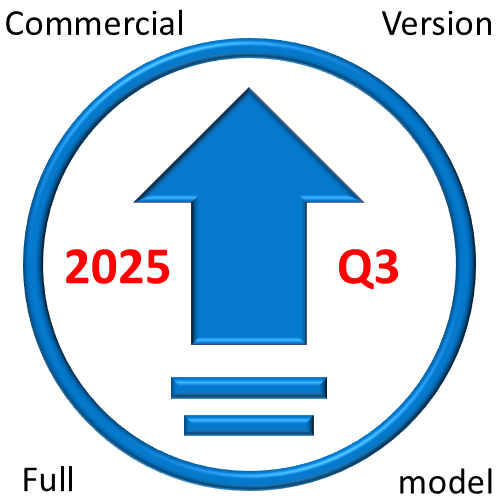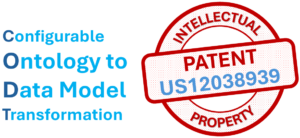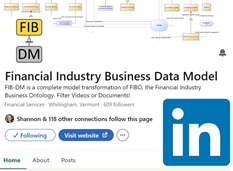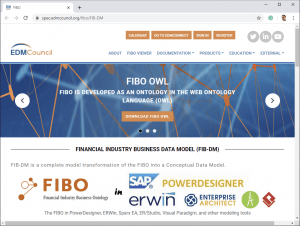FIB-DM is a complete model transformation of FIBO, the Financial Industry Business Ontology. Working with major financial institutions, the Enterprise Data Management Council created FIBO as the open-source industry standard for financial concepts, their relationships, and definitions.
Jayzed Data Models Inc., a US corporation, developed FIB-DM with CODT, our patented Configurable Ontology-to-Data-model Transformation.

With 3,212 normative entities released in October 2025, FIB-DM is by far the most extensive reference Enterprise Data Model for Banks, Investment Companies, and their Regulators.
There is a chasm between semantic and conventional data management. The EDM Council specified the FIBO in the Ontology Web Language (OWL), a powerful semantic language that encompasses the
The Financial Industry Business Data Model serves as the bridge between semantic and conventional data management. We took the industry-standard ontology and made it available in SAP PowerDesigner, allowing you to migrate to other data modeling tools. Data Architects can use FIB-DM as an Enterprise reference model and directly derive models from the blueprint.
Semantic Enterprise Information Architecture positions the ontology at the pinnacle of model-driven development, deriving models for data, messages, objects, and processes.
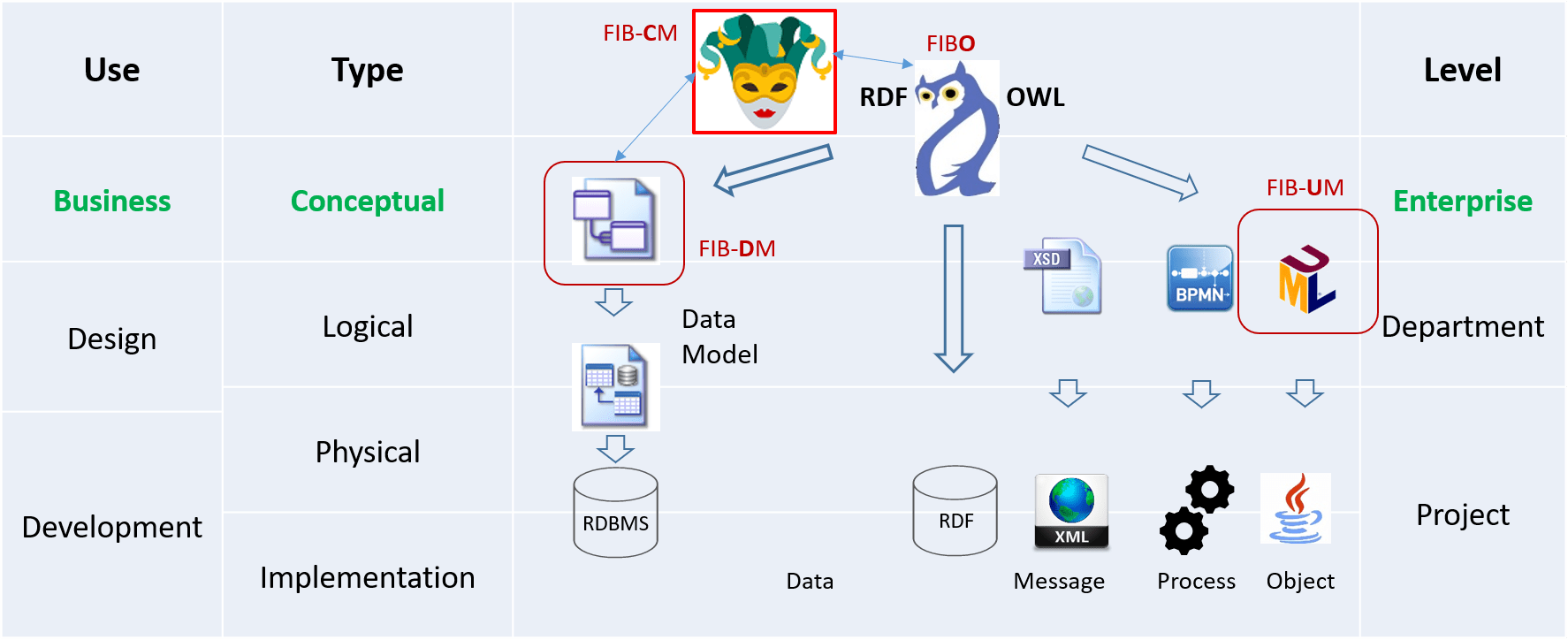
Ontologists, Data Architects, and Developers use common names, definitions, and design patterns across the enterprise.
The FIBO Data Model has a clear and concise design, is fully mapped back to the source ontology, and has more than one hundred Package, Hierarchy, and Concept diagrams.
